It is my sincerest wish that this file is a resource for all elementary teachers who are wanting to learn more about HOW to implement close reading into the English Language Arts Framework. In the next couple of weeks, I will go into detail about how I implemented close reading into my classroom this school year. For now…I am leaving a file description and a sneak peek of the file…mainly because it is 50% off for the first 48 hours!
Digging Deep into the Text with Close Reading: A Must Have Teacher Resource for Successful Implementation of Close Reading in your Primary Classroom!
Part One: Digging Deep into the Text with Close Reading: 124 pages
This part of the file informs the teacher about what close reading is, why you need to be using this strategy, and most importantly, HOW it is done correctly and effectively.
Resources include:
-A background about what close reading is and characteristics of a close reading lesson
-Guidance about finding a complex text using the three levels of text complexity
-An explanation, rationale, and the “know how” to create text based questions for a complex text
-Information about the three tiers of vocabulary and how it is incorporated in the CCSS and close reading lessons
-Information about scaffolding close reading lessons, including what that means and how to do it -An explanation for how YOU can create a close reading leveled passage for your class
-“Thinking about my Reading” Toolkit of close reading strategies- resources to use with your students as you teach them to annotate or “code” the text
-Text dependent teacher flip book- a great resource to keep handy as you are creating text dependent questions with your complex text for your close reading lesson
-Close reading (first, second, and third reading) in action!
Detailed explanation of how I used a complex text with my students for every read (a picture is worth a thousand words- they are included, too!)
Part Two: Digging Deep Close Reading Anchor Charts and Classroom Library Book Labels- 82 pages
This part of the file is more for the students. This part includes colorful anchor charts to print and post for your students, so they can refer to them as you teach a close read.
Resources include:
-There is one graphic organizer for the students to use, which correlates with the 10 reading anchor standards
-There are more than 10 different colorful anchor charts that list the learning target, ready for you to post as you close read
-Resources to create your own close reading bulletin board- a nice way to remind your students (and yourself!) the different steps to a close read
-Classroom library book labels according to genre, series, author name, and social studies/science topic. Also includes a template that you can customize so you can create your own title (this part is a power point file)
***This file does NOT include close reading passages for you to use with your students. What this file does do, however, is teach you about what MAKES a text complex and high enough in quality to use for a close read. Also, please understand that in order to implement close reading successfully and effectively, you will need to take ample time to read through the information presented in this file. Think of it as a professional development in a PDF format!!***
On a scale of 1 to 10, how proficient do you feel you are with close reading? 1 = Close reading? Wait, did you mean CLOZE reading??? I never heard of it. 10= I’m a self proclaimed expert! I taught professional development on this topic!
Also, if you would like me to cover something specific for my future blog post on close reading, please email me or leave a comment below!
Click HERE to purchase this resource from Teachers Pay Teachers.
Save 10% by purchasing this file directly from my website.

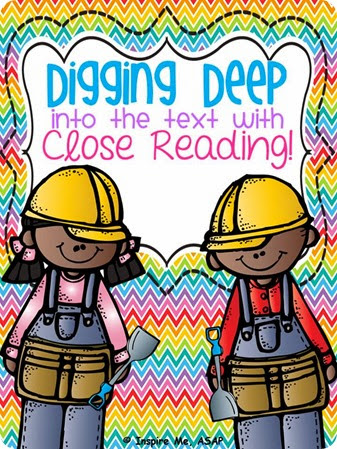
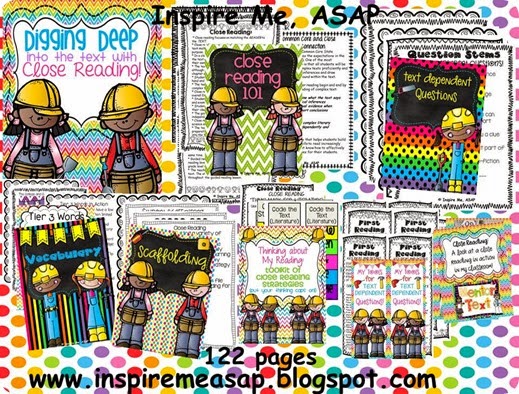
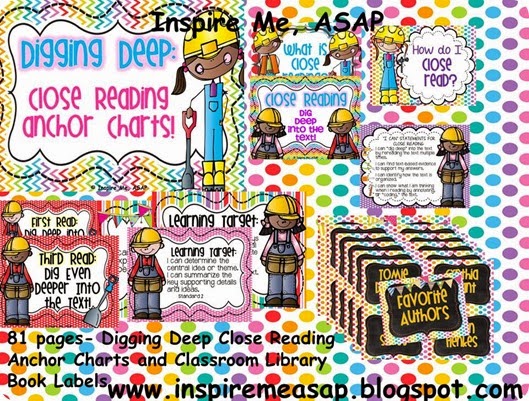




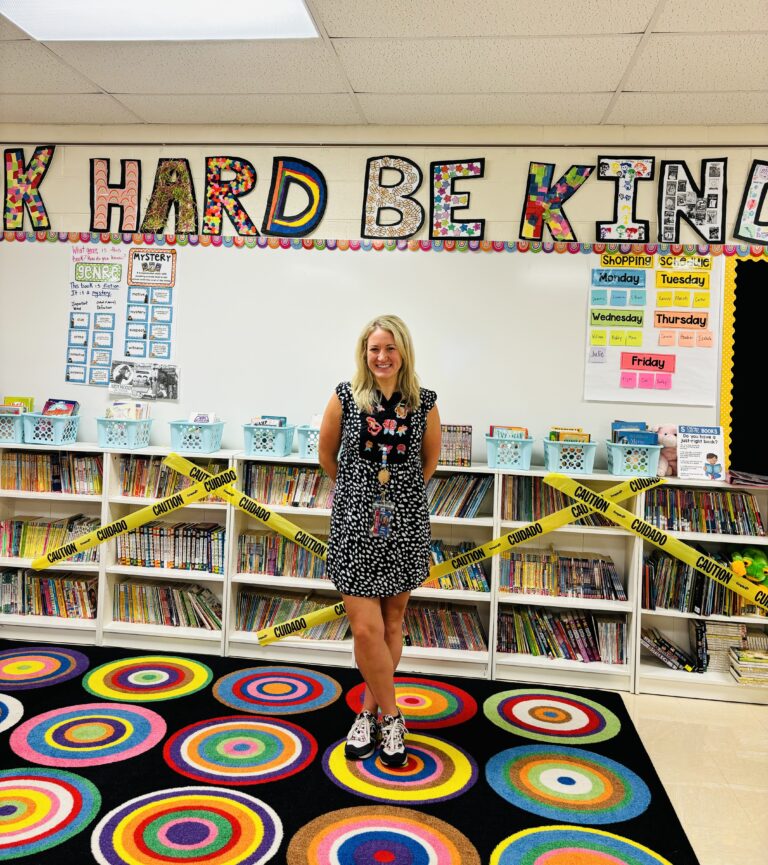



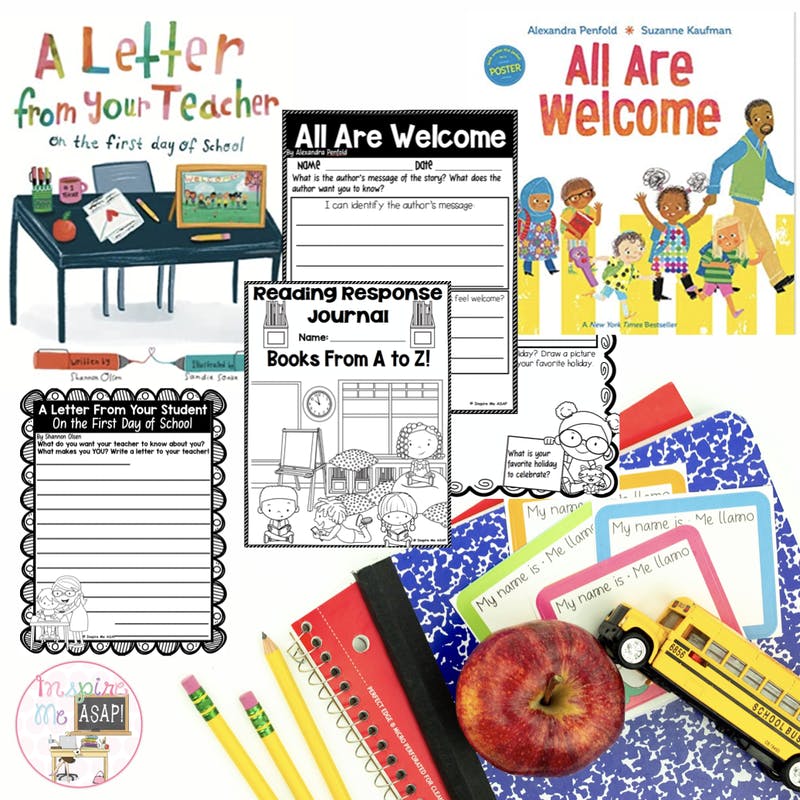
8 Responses
I feel like I'm around a 3-4 because I have used one close reading packet as a review of strategies before the state test. My students really seemed to love it and were able to display their use of comprehension strategies that we have focused on all year. This is the first year I have heard of close reading and I'm interested to dive deeper into it for next year!
What is your email, Kaycee? :) Melissa
kaythorn811@gmail.com
Yeech… I'm probably at about a 2 or 3 because I've heard of it and have tried dabbling in it withing my reading groups but have had no training or resources except what I've scrounged up on my on via TPT. :) Would LOVE to have a copy of this. I think it will be an essential piece of reading instruction moving forward, especially for my stronger first grade readers. laura.scheunemann@wrps.net
Wow… I was typing fast! Sorry for all the above typos.
I feel like I'm a 2. I've heard of close reading but haven't implemented it yet. As a special education teacher I spend so much of my time trying to teach my students HOW to read that I don't spend enough time on comprehension and they really need more…especially close reading.
Karyn
Kideducator@comcast.net
My number would be a 2- 3. I would really like to learn more about close reading this summer so i can be ready to start implementing it in the fall.
rosemarykn@comcast.net
My district hasn't provided a lot of support as well. Sometimes I think I'm doing a pretty good job of teaching Close Reading and then, at other times, I don't. I just don't know enough. I would say I am a 4. So, I am so excited to pick up your resource. Thanks for finishing it in time so that we teachers can read and digest it over the summer!